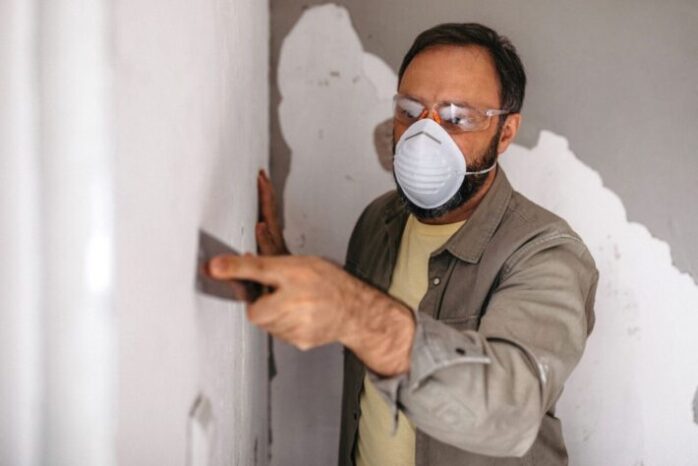
When you’re finishing your drywall on your new house, you feel like there will never be dents or holes. That it would remain smooth all through only to realize that “good things don’t last.” Haha. We need contractors, don’t we?
When doing repairs on your drywall, there are things you must pay attention to and others you must avoid altogether.
Building a home is not easy. The Time, money involved is enormous, and therefore you don’t want to play games when it comes to repairs.
This article is about the Dos and Don’ts when doing drywall repairs. This information will help you avoid wasting Time when doing repairs, whether minimal or major.
DOs
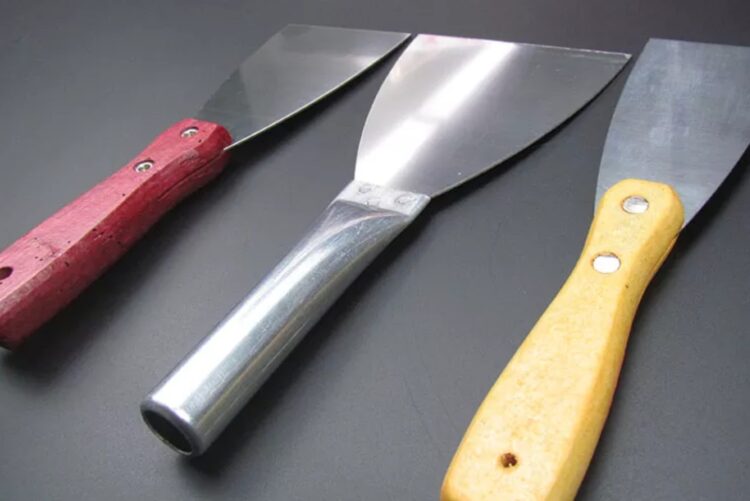
1. Use the Right Stuff
If the holes and dents you are repairing are 1/2 inch or less across the wall, get a thin layer of a joint to fill them up, commonly known as drywall mud. Get the right size of putty knife made for drywall work. Don’t use tools like the narrow utility knife that you’d use when cutting wood. Then smooth it until it is flush with the wall. When you’ve cracks and holes that are larger than half-inch, you’ll need reinforcing mesh before spackling. Applying joint compound directly to large gouges may not be effective. As the house settles, the damage will reappear, then later, the mixture dries and crumbles.
2. Remember Neatness
Use some sharp blade like the box cutter to cut random mesh strands around cracks or holes before applying the joint compound. Otherwise, you may have bumps and other blemishes on your wall. Be careful from the word go. Use the right tools and don’t compromise on the materials.
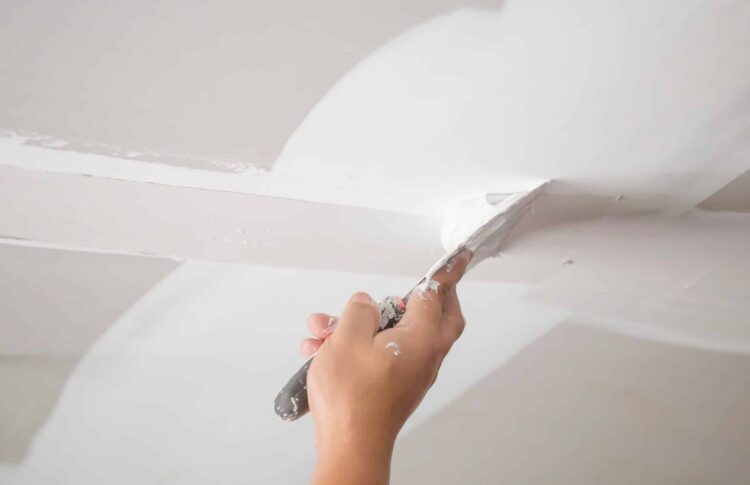
3. Keep It Light
When it comes to joint compounds, less is more. Sanding a thin coat will be easier than removing too much when sanding and exposing the patches. You want the joint compound to appear flush; feather the mud as you apply. Holding the knife at 70 degrees, press harder on the outer edges, and everything will fall into place. You’ve compact edges, and thus the strength of the repair is sure.
4. Use Protection
The fine particulate used in wall repairs can be hazardous when inhaled. It could lead to complications with your breathing system. A dust mask is, therefore, a must when sanding drywall compounds.
To keep your hands protected from the dehydrating effects of gypsum and other compounds, you’ve to wear disposable gloves.
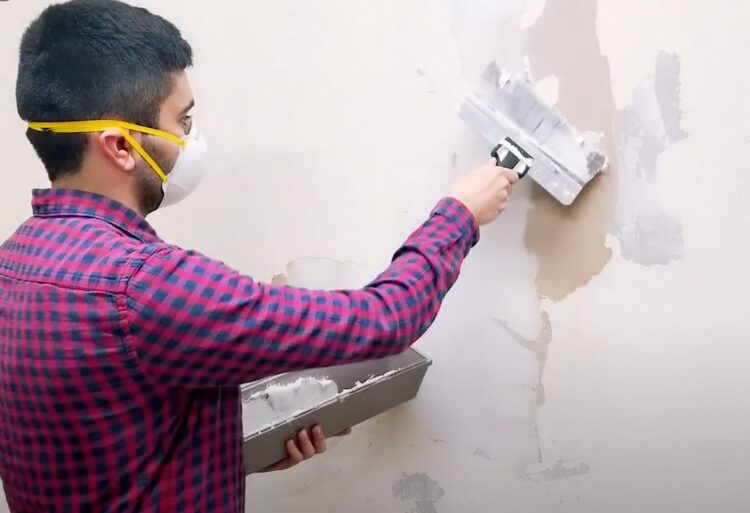
5. Get a Professional to Do the Work
For perfect repairs and maintenance, you’ve to get a professional drywall repair company. You may try doing the work, but the results will often not be as fulfilling as an experienced person. Remember, the repair company has been in the industry and used to such repairs. They understand the best tools and materials to use when doing repairs for excellent work. That means they will spend less time and money to get better results than when using your DIY skills.
6. Clean the working area
There’s a lot of dust that comes from the compound when doing repairs, as you join dents and the paint, among other waste materials. There can cause a lot of irritation, and if not cleaned, it’s a health risk to your loved ones. When doing major repairs, you may have to move your family from the house and bring them back when the work is done. Treating respiratory conditions cannot be compared to the disturbance and the cost of moving your loved ones. Allow professionals to clean the area and ensure the place is safe before you move in.
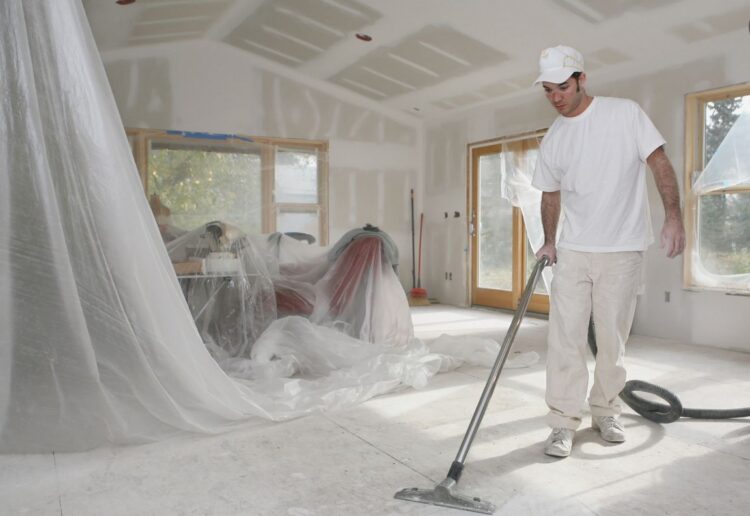
DON’Ts
1. Don’t Waste Time
There are predesigned products to simplify your work. Those patch kits that have reinforced center panels and self-adhesive tapes are great for small holes and dents. Get the primer combo and a drywall compound from reputable online shops that will leave your surface smooth and ready for painting. Checking online, you’ll come across easier ways of accomplishing the job efficiently and spend less.
2. Don’t Touch Cables and Cords
The plumbing lines and electrical cords run through your walls, and therefore before you cut a cord, you’ve to be excessively sure it’s not meant for any purpose. But how do you determine that? The best way would be just to let it be and try repairing it that way. Imagine if you cut the cord, and it’s supplying power to your rooms- you incur another expense in repairing and mark you; electrical repair professionals are a bit expensive to hire.
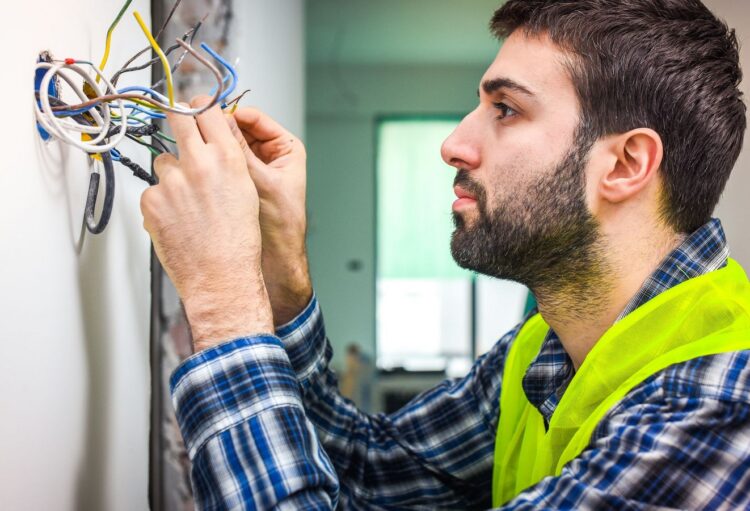
3. Don’t Forget To Inspect
Once the repair work is done, the next thing you have to do is inspect the work. Run your hands over the repair and see if there could be bumps. That ensures that you have the desired results.
4. Don’t spend a lot
Why spend so much on a job that requires fewer materials and labor to be done. When repairing dents and holes on your wall, you only need a thin coat, and that requires less sand and other materials. Start with a shin coat, and then progressively sand it down to the end. A thin coat will need less sanding, and it’s effective.
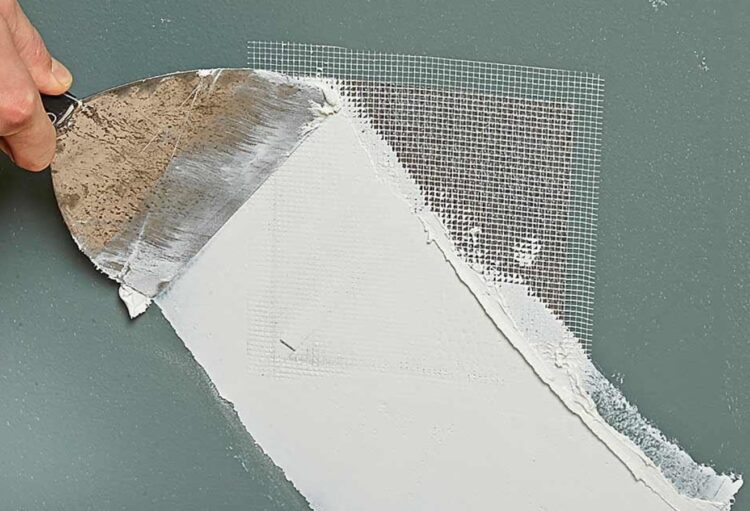
5. Don’t trust your DIY skills
You’re not a professional, and that’s why you needed one when you were building. The fact that you need minor repairs on the drywall doesn’t mean you can do it. You must know the proper compound that you need to patch up and smoothen the wall completely. What’s going to happen when you do it yourself is, you could spend less, but the wall will come out uneven, or even when wrongly done, the compound may begin to peel off.
Sometimes, employees may be injured in the process, or you may incur damages. A professional repair company is insured against such. That means in case it happens, someone is there to ensure you’re compensated. Don’t take the risk.
When doing drywall repairs, put your foot down, click here, and get involved in the process. Even when you hire a repair company, you have to follow up and ensure they do the job to your satisfaction- it’s your house, after all.










